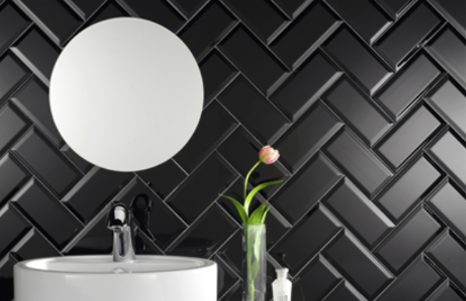The Montreal Summit, a prestigious gathering of artists, designers, and industry leaders, has long been a platform for celebrating creativity and innovation. Among the many mediums showcased, ceramics have consistently held a special place, captivating audiences with their blend of tradition and contemporary artistry. This year’s summit highlighted the evolving role of ceramics in modern design, sustainable practices, and cultural exchange, reinforcing its significance in the global art and design landscape.
In this article, we explore the key themes, notable exhibitors, and groundbreaking trends in ceramics presented at the Céramique au Sommet Montréal, along with insights into how this ancient craft continues to inspire the future.
The Role of Ceramics in Contemporary Art and Design
Ceramics have transcended their utilitarian origins to become a powerful medium for artistic expression. At the Montreal Summit, leading ceramicists demonstrated how the craft intersects with:
1. Sustainable Design
With growing environmental concerns, many ceramic artists are embracing eco-friendly practices. From using locally sourced clay to developing low-fire glazes that reduce energy consumption, sustainability was a major theme. Exhibitors showcased pieces made from recycled materials and zero-waste production techniques, proving that ceramics can be both beautiful and environmentally responsible.
2. Technological Innovation
The integration of technology into ceramics was another highlight. 3D-printed ceramic art, digital glaze simulations, and CNC-molded clay pieces demonstrated how modern tools are expanding the boundaries of the craft. These innovations allow for intricate designs that would be nearly impossible to achieve by hand, opening new possibilities for artists and industrial designers alike.
3. Cultural Narratives
Ceramics have always been deeply rooted in cultural traditions, and the summit celebrated this heritage. Indigenous artists presented works that honored ancestral techniques while infusing contemporary themes. Meanwhile, global ceramicists explored cross-cultural influences, blending Japanese raku, Italian maiolica, and Middle Eastern Iznik styles into fresh, hybrid creations.
Notable Exhibitors and Their Contributions
Several standout artists and collectives made an impact at this year’s summit:
- Eva Stone (Canada) – Known for her minimalist porcelain vessels, Stone’s work explores the relationship between form and negative space, drawing inspiration from Canadian landscapes.
- Takashi Murakami (Japan/USA) – Though primarily recognized as a pop artist, Murakami’s foray into ceramics featured his signature vibrant, surrealist designs in sculptural tableware.
- Cerámica Suro (Mexico) – This collective merges traditional Mexican pottery with avant-garde design, collaborating with international artists to produce limited-edition functional art.
- Studio Furthermore (Netherlands) – Their experimental approach includes bio-ceramics, where organic materials are integrated into clay bodies, resulting in unique textures and biodegradability.
Emerging Trends in Ceramics
The Céramique au Sommet Montréal revealed several key trends shaping the future of ceramics:
1. Tactile Textures and Organic Forms
Artists are moving away from perfect symmetry, embracing raw, tactile surfaces that highlight the natural qualities of clay. Crackled glazes, rough edges, and hand-built imperfections were prominent, celebrating the beauty of the handmade.
2. Functional Art
The line between art and utility continues to blur. Many exhibitors presented ceramic pieces that double as functional objects—sculptural vases, asymmetrical dinnerware, and interactive installations that engage users beyond visual appreciation.
3. Collaborative Projects
Cross-disciplinary collaborations were a major trend, with ceramicists teaming up with architects, fashion designers, and even chefs to create immersive experiences. One standout installation featured a ceramic “sound garden,” where visitors could interact with resonant clay sculptures to produce ambient music.
Conclusion: The Enduring Legacy and Future of Ceramics
The Montreal Summit reaffirmed ceramics as a dynamic and evolving art form, bridging tradition with cutting-edge innovation. From sustainable practices to technological advancements and cultural storytelling, ceramics continue to captivate and inspire.
As artists push the boundaries of what clay can achieve, the medium remains a testament to human creativity and adaptability. Whether through functional design, avant-garde sculpture, or eco-conscious production, ceramics prove that an ancient craft can still be at the forefront of contemporary art.
The Montreal Summit not only celebrated the past and present of ceramics but also set the stage for its exciting future—one where artistry, sustainability, and global collaboration converge in breathtaking ways.
Ceramics, as showcased at the summit, are not just objects—they are stories, innovations, and a testament to the enduring power of human hands shaping the earth into beauty.

